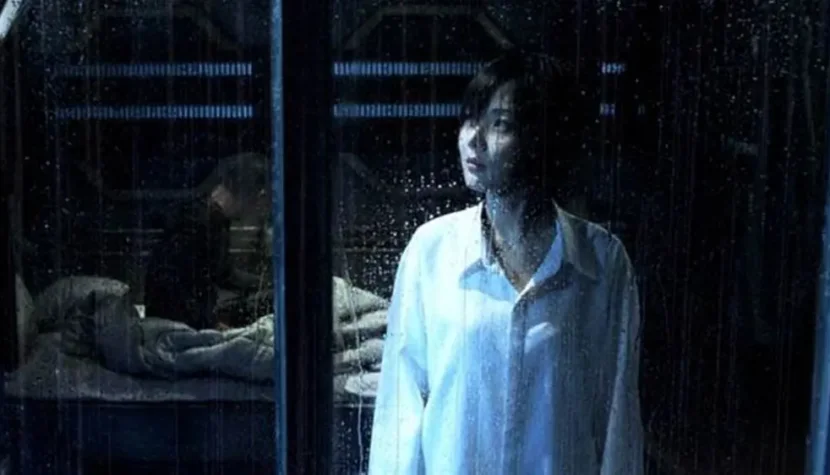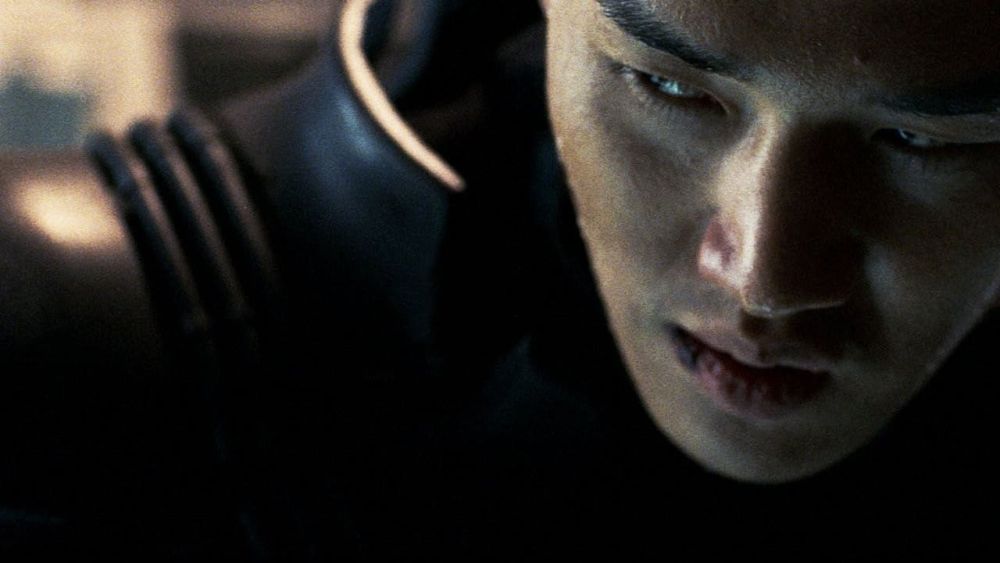NATURAL CITY. Science fiction on the verge of plagiarizing “Blade Runner”

“Blade Runner” is a decent role model, but it turns out to be also unattainable. “Natural City” proves it.
The year is 2080. Advanced technology allows for the construction of androids that are indistinguishable from humans at first glance, but surpass them physically and intellectually; however, they have a limited lifespan – they “die” after three years. Depending on the model, anthropomorphic machines are used for various purposes, from military to social and entertainment. R and Noma are officers of an elite gendarmerie unit tasked with tracking and eliminating rogue machines. They are investigating a break-in at the headquarters of the Neurocom corporation, while also hunting down black-market cyberneticists who can transfer an android’s artificial intelligence into a human brain. One of the gendarmes has a personal stake in this, as he is in love with a female android named Ria, whose time is running out.

Min Byung-chun, known for his documentary and short films, made his feature debut with the film Yuryeong (1999). It was a thriller about a desperate mission of a nuclear submarine crew, heavily inspired by Wolfgang Petersen’s “Das Boot” (1981) and Tony Scott’s “Crimson Tide” (1995). “Natural City” – the second (and so far last) film by the Korean director – is an exercise in science fiction heavily indebted to Ridley Scott’s “Blade Runner” (1982), Mamoru Oshii’s “Ghost in the Shell” (1995), the Wachowskis’ “The Matrix” (1999), and Kurt Wimmer’s “Equilibrium” (2002). The film cost nearly six million dollars and was a financial failure. Not even the trimming of the film after test screenings, the involvement of well-known actors [Jung Eun-pyo, Jung Doo-hong, and Yoo Ji-tae known from Park Chan-wook’s “Oldboy” (2003)], nor the advertisements referencing “Blade Runner” helped.
To say that the creators were inspired by Scott’s film is an understatement. From the main and side characters and plotlines, to the image of the futuristic city, and even scenes copied directly from “Blade Runner,” Min Byung-chun’s “work” teeters on the edge of plagiarism, sometimes outright crossing it. There are rebellious androids trying to extend their existence, a tough law enforcer with feelings for one of the androids, a dangerous leader of the renegades, flying cars, and rain-soaked streets of a multicultural metropolis with towering skyscrapers over which airships encourage travel to off-world colonies. The main character eats at a street diner eerily similar to the one in Los Angeles A.D. 2019, where Deckard dined. Even the music composer unsuccessfully tried to emulate the incomparable Vangelis.

However, “Natural City” lacks the captivating atmosphere, depth, ambivalence, and philosophical undertones of Ridley Scott’s masterpiece. The characters are poorly defined, the relationship between R and Ria is unconvincing – he is an unsympathetic egocentric, and she, though charming, has the charisma of a goldfish, making it impossible to understand why the two are so attached to each other. Worse still, the creators of this disastrous film “spiced up” the plot with elements of mindless action cinema: brawls and shootouts in slow motion. In these moments, “Natural City” preys on “The Matrix” (one sequence is practically a replica of the lobby shootout from the first part of the tetralogy). The Wachowskis also copied – their films owe much to the literature of William Gibson and Philip K. Dick, as well as Asian martial arts cinema – but they did so (until a certain point) with innovation and charm, which Byung-chun lacked.

